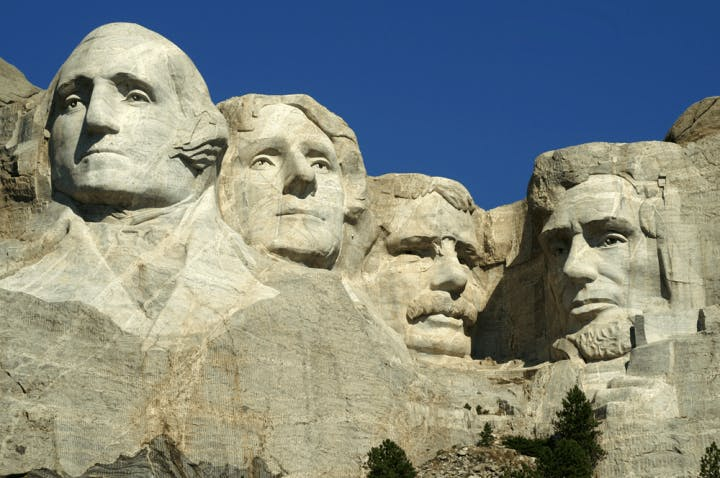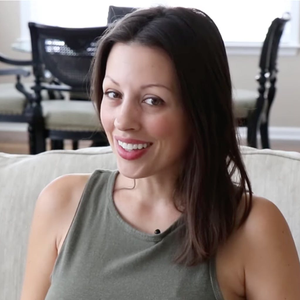
Outside of Alaska, South Dakota is one of the few wild, untapped areas that still exist in the US. With only two major interstates that run through it (and none that run directly through the middle of it), South Dakota is home to fewer than 900,000 people. Nearly half of South Dakota is packed into just a dozen cities and towns, with just around 20% of the population pushing and shoving for space in Sioux Falls.
If all of this sounds wonderful, well, it is! The state that serves up Mount Rushmore certainly has one of the lowest crime rates in the country. Even still, home security in South Dakota is going to be a concern for many residents, especially those living in the larger cities and towns.
Home Security Provider Requirements for South Dakota
Here’s the real question for South Dakota: How much can you trust your home security providers? After all, South Dakota is the type of state where the cowboy spirit still flourishes — to the effect that one might suspect a bit of lackadaisical attitude toward home security providers. And we would have to applaud anyone with that thought process.
On a state level, one is not going to find any real restrictions or limitations on security alarm providers. This is not uncommon, however. We often find that states with relatively small populations and low property crime rates tend to be less concerned about their home security providers. Outside of standard laws relating to deceptive business practices, South Dakota residents may find that home security providers are not duty bound to any specific ethics rules or regulations.
If you’re looking for any type of regulation, look on the local level. The larger cities, such as Sioux Falls, do maintain some standards. This includes alarm registration for alarm users and duties for the alarm providers. Thankfully, those alarm company “duties” include maintaining proper records in writing, specific equipment types that must be used, and many other nitpicky details. But hey, when it comes to rules on the alarm company, nitpicky is a good thing.
Outside of city-by-city rules, you won’t find too much in the way of alarm provider rules. We recommend checking out our alarm company reviews to see if any brands offering their service in your area pass our rigorous rating criteria.
Erecting Home Security Cameras
South Dakota does its best to keep things simple. While this can be a bad thing at times (for example, far too simple rules and regulations for home security providers), when it comes to home security cameras, that simplicity is a benefit for the average Joe.
In South Dakota, you can put security cameras up around your home with few limitations. However, hidden cameras are not allowed unless you have consent. This means that you will need to avoid having hidden cameras in your home that might record individuals that have no idea the camera is there. This includes more than just recording people in the nude or potentially compromising situations. This is a ban on hidden cameras without knowledge in general. So those hidden baby sister cameras stuck in the nursery teddy bear? Nope. You can’t have them.
As for audio, which is often a touchy subject for recording laws, South Dakota is a one-party consent state. This means as long as you or a consenting party are part of a conversation in which audio is recorded, it is legal to make and keep that recording. Just make sure you’re actually a part of the conversation. Otherwise you may be running afoul of wiretapping laws.
Safety During Natural Disasters
If you can pinpoint South Dakota on a map, you’ll have no hard time figuring out what kind of weather and natural disaster events the state may be prone to receiving. Winters can be harsh in South Dakota, and those who are unprepared for it can get injured or even die due to the cold and harsh conditions.
However, it’s not just winter that can be brutal in South Dakota. The unique landscape, combined with the copious amount of rivers, lakes, and streams, provides the perfect storm for deadly flooding situations to occur. In fact, many of South Dakota’s FEMA emergency declarations in the past decade have been a result of winter storms that lead directly to flooding.
Handling winter storms and flooding are often separate events, so handling them usually requires slightly different measures. But given that you may have to deal with both situations together in South Dakota, here are a few tips:
- Make sure to have spare, warm clothes
- Keep a stockpile of spare food and fresh water
- Have multiple alternative heating sources, including wood and gas-powered sources
- Invest in an electric generator
- During the winter, never travel on the roads during or immediately after a storm
- Watch for winter weather warnings and advisories. Particularly take care for when those
- advisories include flood warnings
- Know the flood escape routes for your home, especially if you live in a flood zone
- Understand that even those who don’t live in common flood zones can experience floods
Combining winter storms with floods seems like a terrible combination (it is), but it’s certainly survivable with the right preparation. Many home security systems also include weather updates and flood sensors that may be beneficial for South Dakotan homes.
If you’re considering calling a few stone ex-presidents your neighbor, South Dakota is probably for you. Just make sure you take care of your home security needs before you make the move.

